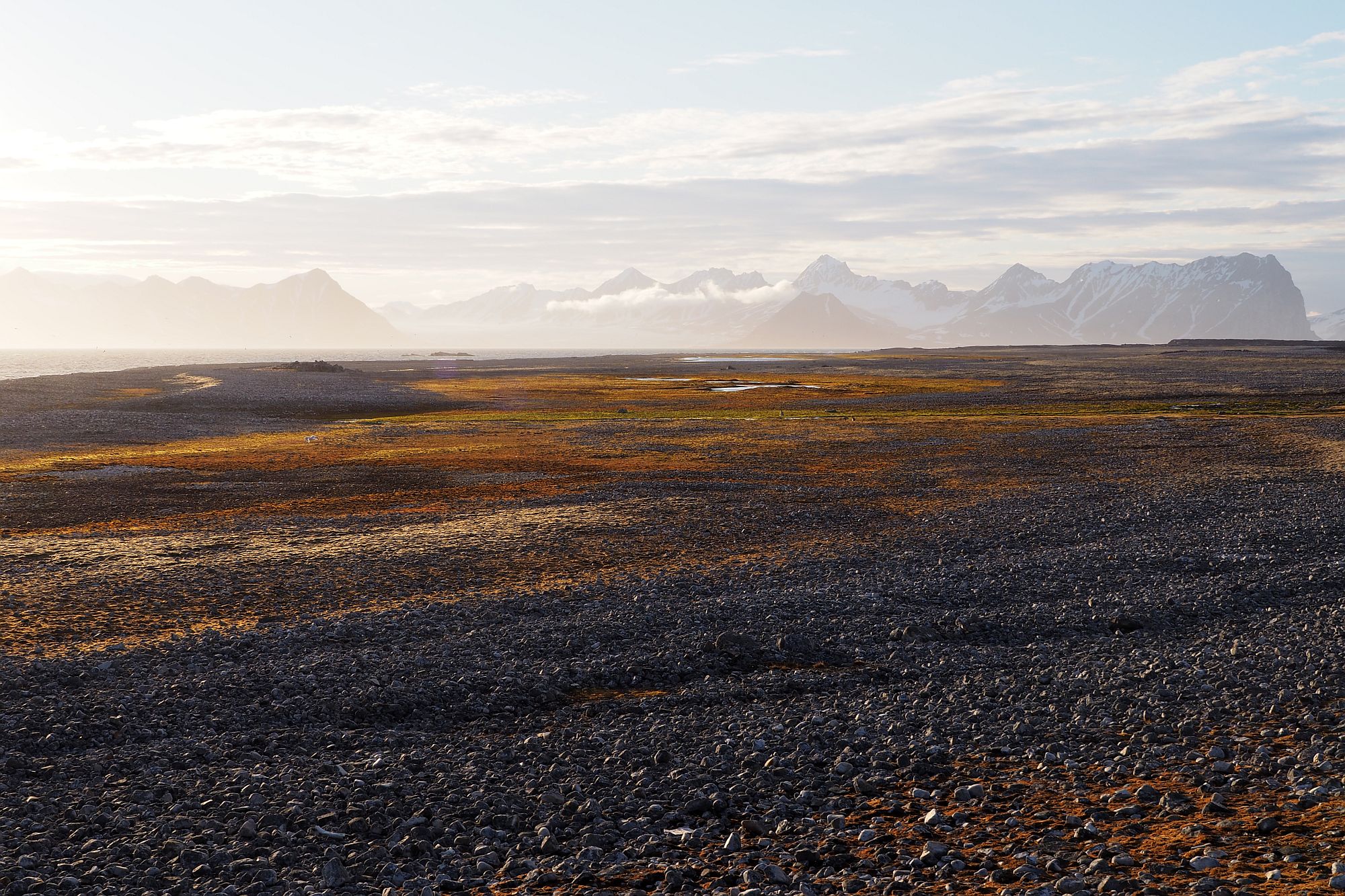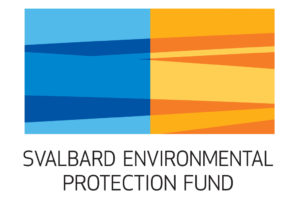We’ve got it! Another grant from Svalbard Environmental Protection Fund, which means another season in Svalbard, another exciting challenge and another amazing Arctic adventure.
Twice a year, Svalbard Environmental Protection Fund allocates funds for the execution of projects that benefit the natural environment and cultural heritage of Svalbard. The fund’s revenue comes from the environmental tax automatically added to the price of plane tickets to Svalbard, fishing and hunting fees, as well as fines imposed for breaching the regulations of Svalbard Environmental Protection Act.
The full name of the project, which doubles as an oh-so brief summary of its main assumptions, is 3D Laser Scanning for Svalbard’s Heritage Preservation (RiS ID: 11464). On a daily basis, however, we use a shorter and better sounding alternative name – New Dimensions.
It doesn’t take much to notice that it’s not marine litter that’s our prime focus this time. Interestingly enough, however, is was the Sørkapp Marine Litter Cleanup project or, to be more specific, information gaps identified during its execution, that provided the inspiration for the new initiative.
NEW DIMENSIONS OF GOOD OLD SPITSBERGEN
Although Svalbard is most readily associated with outstanding natural beauty, its cultural heritage is just as unique. According to the information available on the website of UNESCO World Heritage Centre, no other area in the High Arctic can equal Svalbard in terms of the concentration and diversity of non-indigenous heritage sites (as the archipelago was never home to an indigenous population). Traces of human activity found in the area constitute a fascinating, if somewhat gloomy collage of customs, norms, practices and desires, whose elements cover a 400-year time span and range from the early 17th century whaling stations to the post WWII coal-mining infrastructure.
According to the official definition, Svalbard’s cultural heritage includes all traces of human activity, including localities associated with historical events, dating from before 1946. As a result, the list of protected heritage items is long and diverse, both in terms of type and state of preservation.
© forScience Foundation
Until relatively recently, a key role in the protection of Svalbard’s cultural heritage was played by the climate. This, unfortunately, is no longer the case. Due to rising temperatures, increased humidity, violent storms and intensified coastal erosion (caused by climate change), many cultural monuments found in the area are now facing destruction. And because fieldwork within the archipelago is logistically, financially and physically demanding, many sites have not been surveyed for decades. As a result, the existing documentation is incomplete, the sites’ current state uncertain and the risk of irreversible cultural loss more and more serious. And that’s where the forScience Foundation enters the picture.
The New Dimensions project, which we’ll officially launch in just a few weeks, aims to create a detailed open-access online catalogue of protected structures, sites and movable historical objects located in southern Spitsbergen.
With the use of advanced, non-invasive documentation techniques, the forScience team will create a comprehensive digital record of visual and spatial characteristics of target objects, as set in their natural environment. We hope that the data will attract the attention of experts and thus serve as baseline material for further research, help to fine-tune the existing conservation strategies to the changing conditions and contribute to the preservation of objects which can still be preserved. But that’s not our only goal. The data collected during project fieldwork will be processed so that you too can immerse yourself in the history of Svalbard, take a walk among the ruins of long-abandoned settlements, peek into the still-standing cabins, inspect pieces of old equipment and gasp at the same landscapes that delighted the whalers, hunters and trappers of the past. Additionally, present-day records will be juxtaposed with archival material, which will allow an even broader perspective and enable more informed predictions as to the sites’ future. And for all those who, inspired by the experience, choose to follow the call of the North – the very same that has for years determined our area of operation – project materials will also contain plenty of practical information, which will help you enjoy the cultural heritage of Svalbard without causing disturbance or damage, not least because the legal consequences might otherwise be quite unpleasant.
So much for good news. Bad news is that for the effects of our work you’ll have to wait until next spring. Why so long? Because many of our target sites lie within bird reserves, which are off limits throughout the nesting season. The forScience team cannot, therefore, go ahead with the fieldwork until mid-August. And once the fieldwork is out of the way, we’ll still have to process collected data, prepare project materials, create a dedicated website and deal with a whole bunch of other challenges, which will no doubt take up a good few months. So wish us luck and don’t forget to drop by again in a year or so. It’s going to be worth the wait, we promise.



